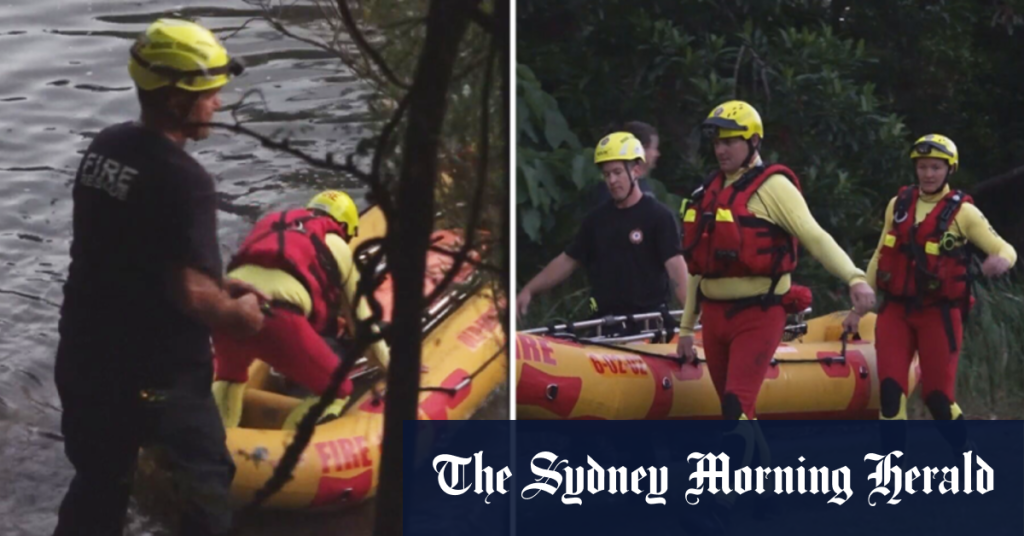The tragic incident that unfolded on the Gold Coast on December 30, 2024, serves as a stark reminder of the inherent risks associated with recreational activities, even those seemingly innocuous. An 18-year-old man lost his life after falling from a rope swing, a popular pastime often enjoyed in natural settings. While the exact circumstances leading to the fall remain unclear pending investigation, the devastating outcome underscores the importance of safety precautions and a thorough assessment of potential dangers before engaging in such activities. The young man’s death casts a somber shadow over the holiday period and has undoubtedly left his family, friends, and the wider community reeling from the shock and grief of this unexpected loss.
Rope swings, often perceived as harmless fun, can present significant risks if not approached with caution and careful consideration. The inherent dangers arise from a combination of factors, including the height of the swing, the integrity of the rope and its anchoring point, the surrounding environment, and the individual’s physical abilities and experience. A seemingly minor oversight in any of these areas can have catastrophic consequences. For instance, a frayed or weakened rope, an unstable anchoring point like a dead or diseased tree branch, or a misjudgment of the swing’s trajectory can lead to a fall from a considerable height. The impact of such a fall can result in severe injuries, including broken bones, head trauma, spinal cord damage, and, tragically, as in this case, death.
The absence of specific details regarding the circumstances surrounding the young man’s fall makes it difficult to pinpoint the exact cause of the accident. However, several potential scenarios warrant consideration. The rope itself might have failed due to wear and tear or inadequate strength. The anchor point could have given way under the stress of the swing. The individual may have lost his grip or been thrown off balance during the swing’s arc. Alternatively, environmental factors, such as a sudden gust of wind or contact with an obstacle, could have contributed to the fall. A thorough investigation by the relevant authorities will be crucial in determining the precise sequence of events and identifying any contributing factors that led to this tragic outcome.
This incident should serve as a wake-up call to the community about the importance of prioritizing safety when engaging in recreational activities, especially those that involve height or potential impact. Before using a rope swing, it is imperative to thoroughly inspect the rope for any signs of damage or weakness. The anchor point should be carefully assessed for stability and strength. Ideally, the rope should be securely attached to a strong, living tree limb or a purpose-built structure designed to withstand the forces generated by the swing. The surrounding area should be free of obstacles that could pose a hazard during the swing’s arc.
Furthermore, individuals using rope swings should be aware of their own physical limitations and exercise appropriate caution. It’s advisable to start with smaller swings to gauge the force and trajectory before attempting higher, more forceful swings. Maintaining a firm grip throughout the swing is crucial, and it’s important to avoid reckless behaviors such as intentionally trying to dismount mid-swing or performing acrobatics. Wherever possible, adult supervision or guidance is recommended, particularly for younger or less experienced individuals.
While the Gold Coast incident is a heartbreaking reminder of the potential risks associated with seemingly simple activities like rope swinging, it offers a valuable opportunity to learn and implement safety measures that can prevent future tragedies. Education and awareness are paramount in promoting a culture of safety and responsible recreation. By understanding the potential dangers and taking appropriate precautions, individuals can minimize the risks and enjoy these activities safely. The memory of the young man who lost his life should serve as a constant reminder that safety should always be the top priority, ensuring that future recreational experiences are filled with joy and not overshadowed by tragedy.










